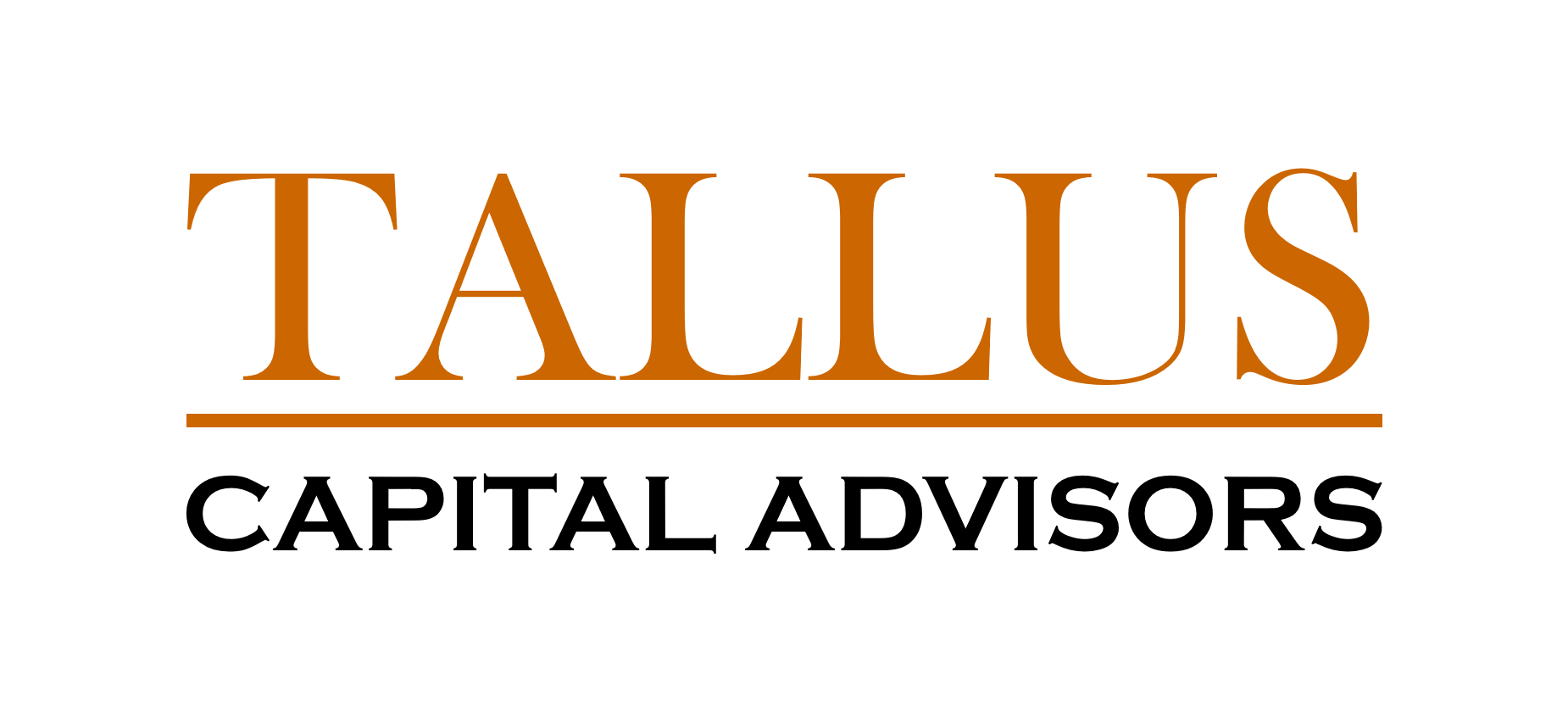📘Cash Flow and Budgeting: The Foundation
If a financial plan were a house, cash flow and budgeting would be the foundation. Without a solid base, even the best investment strategy or retirement plan won’t hold up over time.
That’s because everything in your financial life flows from one simple truth: how much you earn, how much you spend, and where your money goes each month. Until you understand that, the rest of your plan is just guesswork.
Let’s break down what cash flow and budgeting really mean—and why they’re the first place to start when building lasting financial stability.
1. What Is Cash Flow, Really?
Cash flow is the movement of money into and out of your life. It’s the balance between your income—like salary, bonuses, rental income, or business revenue—and your expenses, including bills, debt payments, and everyday spending.
- Positive cash flow means you consistently earn more than you spend. This gives you the ability to save, invest, reduce debt, and take advantage of financial opportunities.
- Negative cash flow means your spending exceeds your income, which often leads to debt, stress, and limited flexibility.
Even if your income is high, unchecked spending can quietly erode your ability to build wealth. Understanding cash flow gives you the power to make informed decisions and take control of your future.
2. Budgeting: A Plan for Your Money
A budget often gets a bad reputation as something restrictive or limiting. But the purpose of a budget isn’t to say “no” to the things you love—it’s to help you say “yes” to the things that matter most.
A good budget acts as a roadmap. It helps you prioritize what’s important, identify what’s draining your resources, and build toward the goals that truly matter to you.
Whether you're saving for a home, planning a big vacation, paying off student loans, or working toward financial independence, your budget is how you turn intention into action.
3. Start Simple: Know Your Numbers
You don’t need complex spreadsheets or budgeting software to get started. Just track your income and expenses for a month. Write it down, use an app, or categorize your transactions manually—whatever works for you.
Most people are surprised by what they discover when they do this. That $4 coffee or $12 streaming subscription might seem small, but added up over time, those choices shape your financial life.
Once you know where your money is going, you can make informed decisions about where you want it to go instead.
4. Build Habits That Last
The most effective budgets are realistic, flexible, and built around habits—not perfection.
A few ways to build lasting habits include:
- Automate your savings. Set up recurring transfers to savings or investment accounts.
- Review spending monthly. Take 10 minutes at the end of each month to evaluate what worked and what didn’t.
- Use percentage-based budgeting. Consider strategies like the 50/30/20 rule—spend 50% on needs, 30% on wants, and 20% on savings and debt repayment.
Don’t try to overhaul your entire lifestyle overnight. Start small, focus on consistency, and allow your plan to evolve as your life does.
5. Why It Matters
Cash flow and budgeting may not be flashy, but they’re the bedrock of every successful financial plan. Your ability to save, invest, retire comfortably, or weather financial surprises starts with how well you manage your day-to-day money.
Without strong cash flow, long-term financial goals remain out of reach. With it, you gain freedom, flexibility, and peace of mind.
💬 Knowing where your money goes gives you control. That’s where true financial confidence begins.
👉 Next week, we’ll explore Setting Financial Goals That Stick—how to turn your vision into an actionable plan that actually moves you forward.


